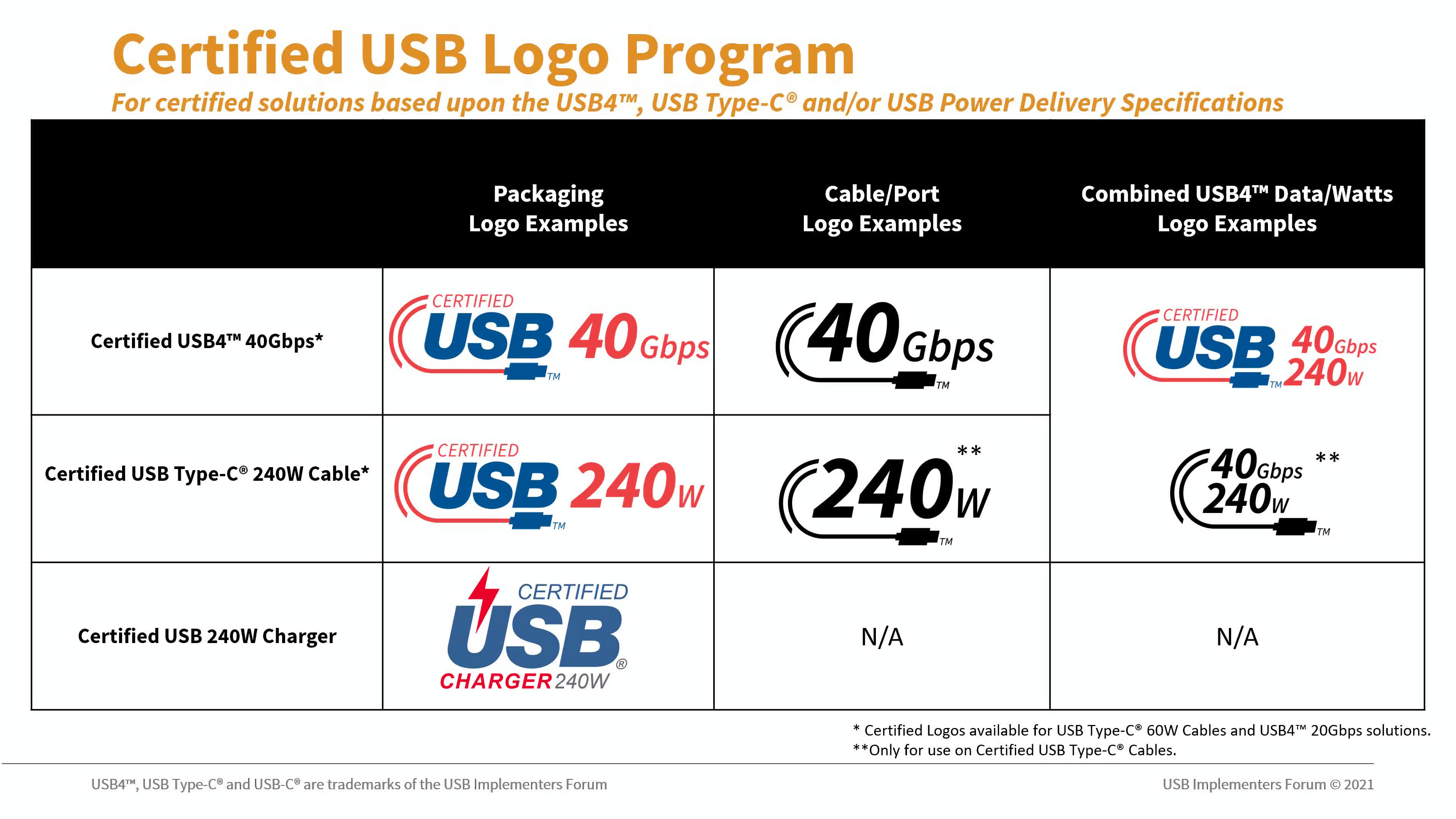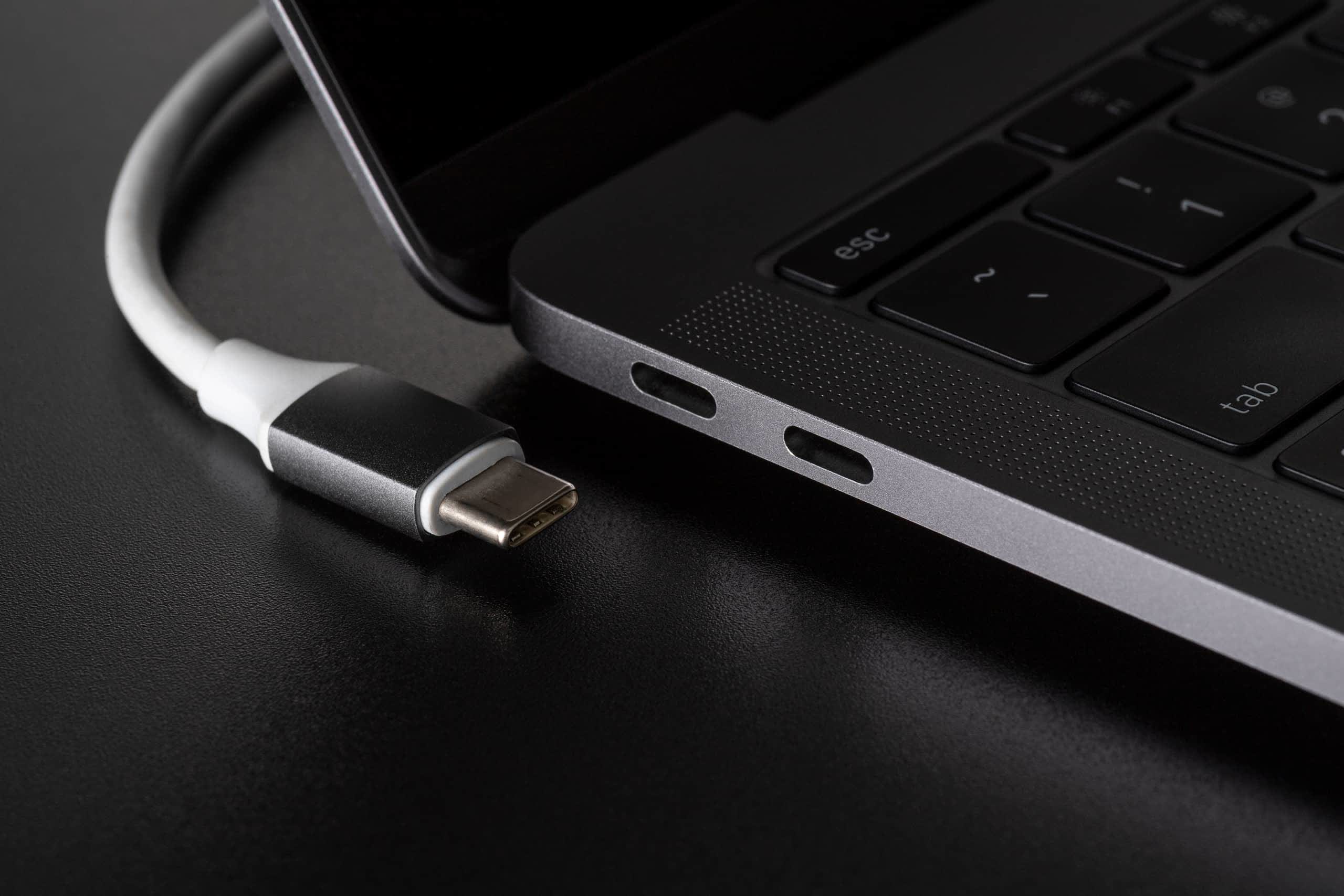In brief: USB Type-C adoption has improved a lot over the past few years, but the new standard hasn't really made things easier or less confusing for the average consumer. Between all the dongles and various manufacturer implementations that don't always support everything in the official USB Type-C specification, the USB-IF is introducing yet another set of logos that should, at least in theory, make it easier to decide which cables and chargers to purchase depending on your needs.
USB Type-C was supposed to simplify things with a universal standard that would make cables and connectors easier to use for non-technical consumers, but instead, it has grown into a confusing mess of logos and certifications that isn't easy to navigate even for enthusiasts and professionals who are familiar with the intricacies of the technology behind USB Type-C.
This week, the USB Implementers Forum (USB-IF) sought to make things even better by... adding more power rating logos into the mix. Specifically, the organization has established new official cable and packaging logos that indicate support for either 60 watts or 240 watts of power delivery based on the USB4 and USB Power Delivery 3.1 specification – the latter being a subset of the USB Type-C 2.1 specification.

It's not yet clear how more of these logos will make things less confusing for the average consumer, but USB-IF says this should make it easier to discern the differences between various USB Type-C cables that you can find on the market. At the same time, the new logos are supposed to "unify branding" across cables and chargers.
Thus, the dream of having just one type of USB Type-C cable that supports everything defined in the standard remains just that – a dream. For now, you'll have to hunt down logos depending on your specific needs – 20 Gbps data transfer speeds or 40 Gbps, 60 watts or 240 watts of power delivery – and that's just for accessory makers that conform to the actual USB-IF standards. Then you have Thunderbolt 4, which does have a single type of cable for everything in the official spec but comes with a higher price tag and is only available for devices equipped with USB4 ports.
Further reading: How USB Works
The move comes hot on the heels of a new plan announced by the European Commission to mandate USB Type-C on all new mobile devices, with the exception of some wearables like fitness trackers and smartwatches.
